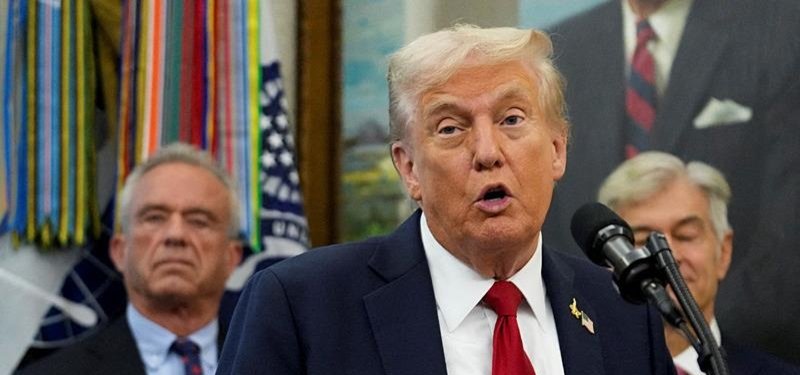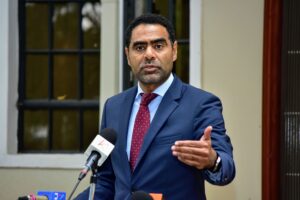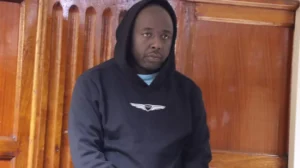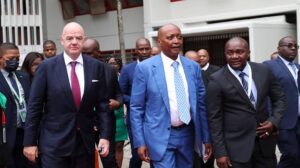The United States has entered a government shutdown for the first time in nearly seven years after members of Congress failed to reach an agreement on a last-minute funding deal.
The move has put the jobs of hundreds of thousands of federal employees at risk, with many facing the possibility of unpaid leave or even permanent job losses.
Already, there are concerns that national parks, museums, and other public institutions will close, while air travel may also face disruption if staff shortages increase in the coming days.
The situation has created uncertainty not only for federal workers but also for millions of Americans who depend on government services.
The shutdown became official after attempts in the Senate to pass a short-term funding bill fell short late on Tuesday night. Despite hours of negotiations, the deadlock remained.
The Senate required 60 votes to approve the funding, meaning Republicans needed support from Democrats even though they control both chambers of Congress.
The Republican-led proposal managed to secure 55 votes but was still rejected. A Democrat-led plan was also voted down, leaving no clear solution in sight.
At the center of the dispute is healthcare spending. Democrats have insisted that any deal must include an extension of health insurance subsidies set to expire at the end of the year.
Republicans, on the other hand, have argued that the subsidies are too costly, with some pushing for stricter eligibility requirements before any extension is considered.
Senate Democratic leader Chuck Schumer accused Republicans of trying to “bully” Democrats by refusing to negotiate on healthcare.
President Donald Trump has taken a hard stance, blaming Democrats for the shutdown and warning that mass firings of government workers could follow. He stated that shutdowns can sometimes be beneficial as they allow the government to remove programs and policies he claims mainly benefit Democrats.
Speaking on Tuesday, he said, “The last thing we want to do is shut it down, but a lot of good can come down from shutdowns. We can get rid of a lot of things that we didn’t want, and they’d be Democrat things.”
He also threatened to make “irreversible” cuts during the shutdown that would harm his political opponents.
Essential federal employees are expected to continue working, although many may do so without pay until an agreement is reached. Non-essential workers, however, will be placed on unpaid leave.
During past shutdowns, these employees were eventually paid after the government reopened, but the current standoff has raised concerns that the White House may take a harsher approach this time.
Analysts warn that this shutdown could be more severe than the one in 2018, which stretched for 36 days and became the longest in US history.
More than 800,000 federal workers, representing about 40% of the workforce, could be furloughed.
Political leaders from both sides have continued to trade blame, with Democrats saying Republicans are pushing the country toward unnecessary hardship, while Republicans accuse Democrats of holding federal employees “hostage” for political gain.
With no agreement in sight, the shutdown has highlighted the deep divisions in Washington and left ordinary Americans bracing for its impact on jobs, services, and daily life.
The coming days will be critical as both parties face mounting pressure to compromise and prevent the situation from worsening further.





















Add Comment